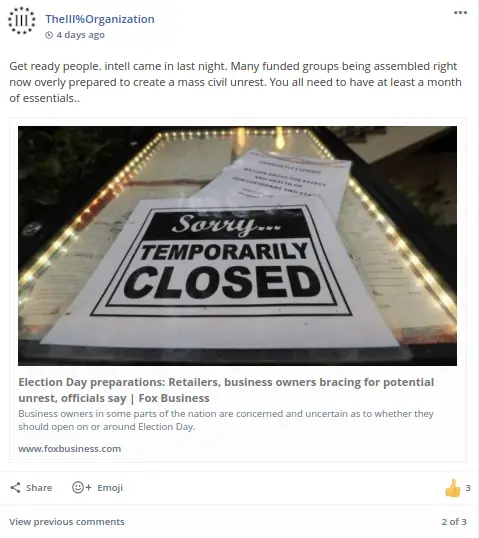Two mass shootings in California in the first weeks of 2023, both committed by immigrants in their sixties, have highlighted the issue of disinformation and propaganda targeting American immigrant communities, and how the prods and pulleys of stochastic terrorism work — in any language.
The underlying tensions also underscore the need for multilingual journalism in the United States, and for journalists and debunkers to deeply understand communities with high numbers of immigrants and refugees and their internal cultural pressures in order to properly fight the corrosive effects of weaponized narratives. It also demands an understanding of how disinformation campaigns and stochastic terrorism work to strengthen one another.
Jinxia Niu is a debunker and the digital engagement program manager with Chinese for Affirmative Action, a San Francisco-based civil rights organization, which launched a Chinese-language fact-checking site called PiYaoBa (Meaning “let’s fact-check it”) in June 2022.
“After the recent two shootings happened, many folks were asking the question, why first-generation Asian-Americans?” she said. “Why these old men?”
Niu said that as with every mass shooting, discussions around the underlying causes revolved around issues such as depression, social isolation, and lack of mental health care. However, isolation and lack of access to care are only part of the picture, she said. There is also a steady, years-long drumbeat of disinformation intended to shake Americans’ faith in democratic institutions which does not begin or end with English speakers.
“As a Chinese language fact checker, what I’m seriously thinking about is, where do they get information from? And where do they get the idea for owning a gun, for a mass shooting? And how many of these potential shooters are out there that are being impacted by the same information? So these questions get me very worried,” she said.
In September 2022, PiYaoBa released a report on right-wing disinformation campaigns invading social media platforms such as WeChat, a Chinese mobile app popular in the United States and very heavily used among first-generation immigrants, where weaponized narratives proliferate:
As of August 2020, WeChat had 3.8 million monthly active users in the U.S. That means 60% of Chinese Americans are active on WeChat, a space where right-wing disinformation dominates. To share accurate information on the platform is difficult because of its closed nature and the Chinese government’s censorship.
The groups behind disinformation are well-resourced, including the two largest media giants focused on Chinese Americans: The Falun Gong-backed Epoch Times Media Group and Guo Media Group, formed in April 2020 by billionaire Guo Wengui and former Trump strategist Steve Bannon.
The Chinese-language disinformation narratives targeting Americans are similar to those in English; as with such campaigns in any language, they leverage racism within and directed at communities in order to foment and promulgate fear, anger, and disgust, which can then be leveraged against specific groups of people.
“Our Chinese fact-checking websites report there are at least 150 disinformation accounts, of which 54 are from WeChat, around 45 are from Twitter, and 35 from YouTube, said Niu. “At the same time, the media outlet or social media platforms providing accurate information and progressive narratives at its most is around 20. So that just gives you an idea of how just flat-out overwhelmed the Chinese language digital space is.”
A November 2020 ProPublica-KQED article described how Chinese Americans were being targeted ahead of elections:
At least two dozen groups on the Chinese-owned social media app WeChat have been circulating misinformation that the U.S. Department of Homeland Security is “preparing to mobilize” the National Guard and “dispatch” the military to quell impending riots, apparently in an attempt to frighten Chinese Americans into staying home on Election Day.
The misinformation, which takes the form of a photo of a flyer and is in both English and Chinese, also warns that the government plans to impose a national two-week quarantine and close all businesses. “They will announce this as soon as they have troops in place to prevent looters and rioters,” it states. The flyer originally appeared on WeChat during the first surge of the pandemic, and it later spread to other social media. It recently resurfaced on WeChat.
Despite years of warnings, an October 2022 story in the New York Times underscored how little has been done by social media platforms to push back against disinformation and misinformation (in any language), and how thinly resourced debunking and fact-checking teams have become amid wave after wave of media layoffs:
Misinformation swirling in Chinese on Twitter, YouTube and WeChat about mail-in ballots, school curriculums and hate crimes “has dangerous implications” this year for Asian American voters, who are growing as a political force, according to the advocacy group Asian Americans Advancing Justice — AAJC.
“There’s definitely a hyper-targeting of messaging,” said Nick Nguyen, a co-founder of Viet Fact Check, a group that offers explanations about misinformation circulating among Vietnamese Americans. “This is where a lack of English-language fluency can make populations vulnerable.”
Viet Fact Check is among a growing number of groups trying to contextualize and debunk false online narratives in languages other than English. Factchequeado, a six-month-old Spanish-language service, is examining inaccurate translations, manipulated images and misleadingly edited videos about the search of Mar-a-Lago and Speaker Nancy Pelosi’s visit to Taiwan. Desifacts, which focuses on South Asian American communities, began publishing explainers and clarifications about topics such as immigration and student debt relief in Hindi, Bengali and Tamil in February.
The disinformation easily travels from network to network, as it is designed to do. January 2022 open letter from Poynter’s International Fact-Checking Network to YouTube pointed out the international quality of disinformation campaigns, excoriating the platform for doing so little to prevent them or stop their spread on that platform:
In the last year, we have seen conspiracy groups thriving and collaborating across borders, including an international movement that started in Germany, jumped to Spain and spread through Latin America, all on YouTube. Meanwhile, millions of other users were watching videos in Greek and Arabic that encouraged them to boycott vaccinations or treat their COVID-19 infections with bogus cures. Beyond COVID-19, YouTube videos have been promoting false cures for cancer for years.
The way disinformation is leveraged to spark stochastic terrorism is well documented:
At its core, stochastic terrorism exploits one of our strongest and most complicated emotions: disgust.
[…]
Propagandists have fomented disgust to dehumanize Jewish people as vermin; Black people as subhuman apes; Indigenous people as “savages”; immigrants as “animals” unworthy of protection; and members of the LGBTQ community as sexual deviants and “predators” who prey upon children.
That horrifying history is now repeating itself, as political extremists create dangerous new strains of contempt and hatred. During the COVID pandemic, there has been a surge of racism and xenophobia, as well as violence against foreigners who are baselessly blamed for importing disease and crime.
In English-language media, both social and traditional, those identified as vulnerable to motivation by the constellations of disinformation around established networks such as those around QAnon or anti-vaccine actions (for example) are bombarded with inflammatory narratives and claims and encouraged to arm themselves.
When targeting immigrant and refugee groups, the mechanisms and basic narratives are the same, but the human networks and shared cultural references used to disseminate information and therefore disinformation differ, confounding monolingual researchers and others with little to no understanding of the cultural and historical details that corrosive disinformation and propaganda campaigns seize upon in order to be effective.
This demands cultural and historical literacy when covering such groups, as well as a firm grasp of subtleties and connotations of the languages they speak.
Many of the disinformation narratives are translated directly from far right, pro-gun narratives already well embedded within English-language campaigns in the United States, such as rumormongering about the “Deep State” and claims that violent attacks are “false flags” used as pretexts by the government to confiscate citizens’ guns; however, given the opportunistic nature of disinformation and propaganda narratives, the details of their framing, when directed toward immigrant groups, can look markedly different from their English counterparts.
For example, Niu said, Chinese-language disinformation includes a uniquely heavy focus on buying weapons for self-defense against criminals — and, potentially, the government, which easily plays into English-language narratives about owning guns as a Constitutional right and Democrats being soft on crime.
“It speaks particularly well to the Chinese-American community becaues many of our community members, especially first generation Chinese-Americans, they have experienced the collective trauma of, for example, China’s Cultural Revolution in the 1970s,” said Niu.
“They know the pain of what it means that only the government has guns, has armies… So even after two mass shootings the pro-gun narratives in the Chinese language social media is still, owning a gun equals democracy. If you wanted gun control, that basically equals dictatorship or authoritarianism.”
Another carefully curated claim is that American law enforcement has no obligation to protect the individual, only the society as a whole, forcing individuals to fend for themselves — especially in states such as California that are dominated politically by the Democratic Party, which per those same disinformation purveyors is “soft on crime.”
But the end game is the same in any language – targeting the vulnerable in order to induce a climate of fear and rage, getting people to buy weapons, and stoking unrest and, ultimately, stochastic terrorism. The overwhelming fear that such attacks inflict on any community are then used to play even more into a fear-based, gun-heavy narrative, just as in English-language media.
And, while it is impossible to point to any one single cause of any mass shooting, the heavy far right narratives seem to be working by at least one metric, according to Andy Wong, Chinese for Affirmative Action’s advocacy director. “Gun ownership in the AAPI [Asian-American and Pacific Islander] community in the U.S. has actually been historicallly low,” he said. “But what we’re finding out is that many community members are becoing first time gun owners during the pandemic, and they’re inadvertently putting themselves and their loved ones at risk.”
Study after study shows that a heavy increase in gun ownership is accompanied by an increase in gun violence.
Wong said that that it is important for immigrant communities to resist what he called the “siren call” to buy guns. “One of the things that were finding really troubling is that the gun industry and gun lobby are deliberately targeting and marketing guns to AAPIs, and they’re exploiting our fears since the surge of anti-Asian hate during the COVID-19 pandemic to encourage more of us to become first time gun owners and to be future pro-gun advocates,” he said. “It’s insidious, but they see us as a potential market.”
Wong said that gun marketers have largely ignored Asian Americans and Pacific Islanders until recently, but demographic changes in the United States have altered that. A January 2023 article in the Los Angeles Times on gun ownership among immigrant communities contains an interview with a gun store owner that appears to reflect some of the more prevalent disinformation narratives circulated in Asian-language communities:
Last week at Arcadia Firearm & Safety, owner David Liu chatted up a chiropractor looking to buy a handgun.
“Gun control is full of s—” Liu said, a Glock 43 pistol strapped to his hip as Athena, a 2-year-old Belgian Malinois, napped nearby. “I told the other media they should worry about online games.”
Liu, 56, opened the gun store in 2016 in the majority-Asian city of Arcadia, in a strip mall that includes two boba tea shops and a Taiwanese beef noodle shop.
A Trump 2020 flag hangs outside the front door, and the store’s name is displayed in English and Chinese.
Inside, an upside down American flag is held up by a rifle, near a Taiwanese flag and a black flag reading “Free Hong Kong, Revolution Now.”
Liu, who was born in Taiwan and moved to Hong Kong at 4, came to the U.S. as a teenager. He thinks the media “blew up” the connection between anti-Asian hate and the increase in Asian American gun ownership.
Rather, he said, people feel unsafe because of an increase in burglaries and other crime, as well as the George Floyd protests of 2020.
About half his clientele is Asian American, he said. Asked if more Asians have come in since the mass shootings, he laughed.
“For the past three years, whoever needed to buy [a gun] already bought [it],” he said.
He has, however, seen an increase in inquiries about getting a concealed carry permit.
“When you are protecting your family, protecting your business, what does a gun do for you? You protect your community,” Liu said.
Those fighting these toxic narratives (in any language) are under-resourced and overextended, adding yet another complication to fighting well-marketed disinformation campaigns with millions of dollars behind them and powerful influencers busily leveraging the fear and rage they generate. Debunkers, community members, and Chinese language journalists have been dedicated to fact checking, said Jinxia Niu, but they need broader support; they are targeted with violence and racism as well as pressures from within their own communities.
On the other hand, disinformation purveyors are thriving. “They’ve been well resourced, well funded… they have tons of money and political connections there,” Niu said.
That means there is an urgent need for investment and community training so that people know how to find trustworthy sources. And without broader support from the American media and more responsible and thorough coverage, disinformation everywhere — in any language — will continue to thrive.
The post Mass Shootings, Violence in California Highlight Issue of Disinformation in Immigrant Communities appeared first on Truth or Fiction?.

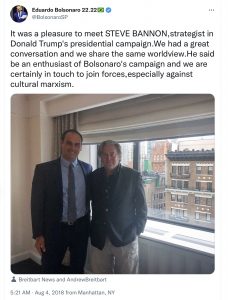


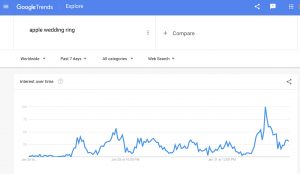
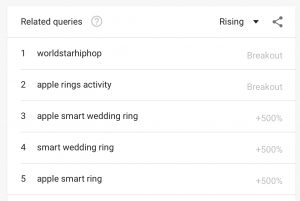
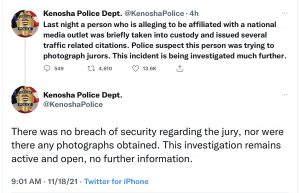





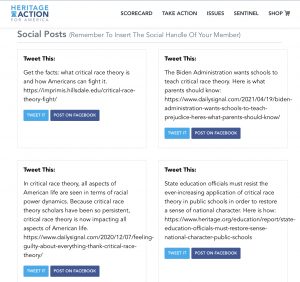









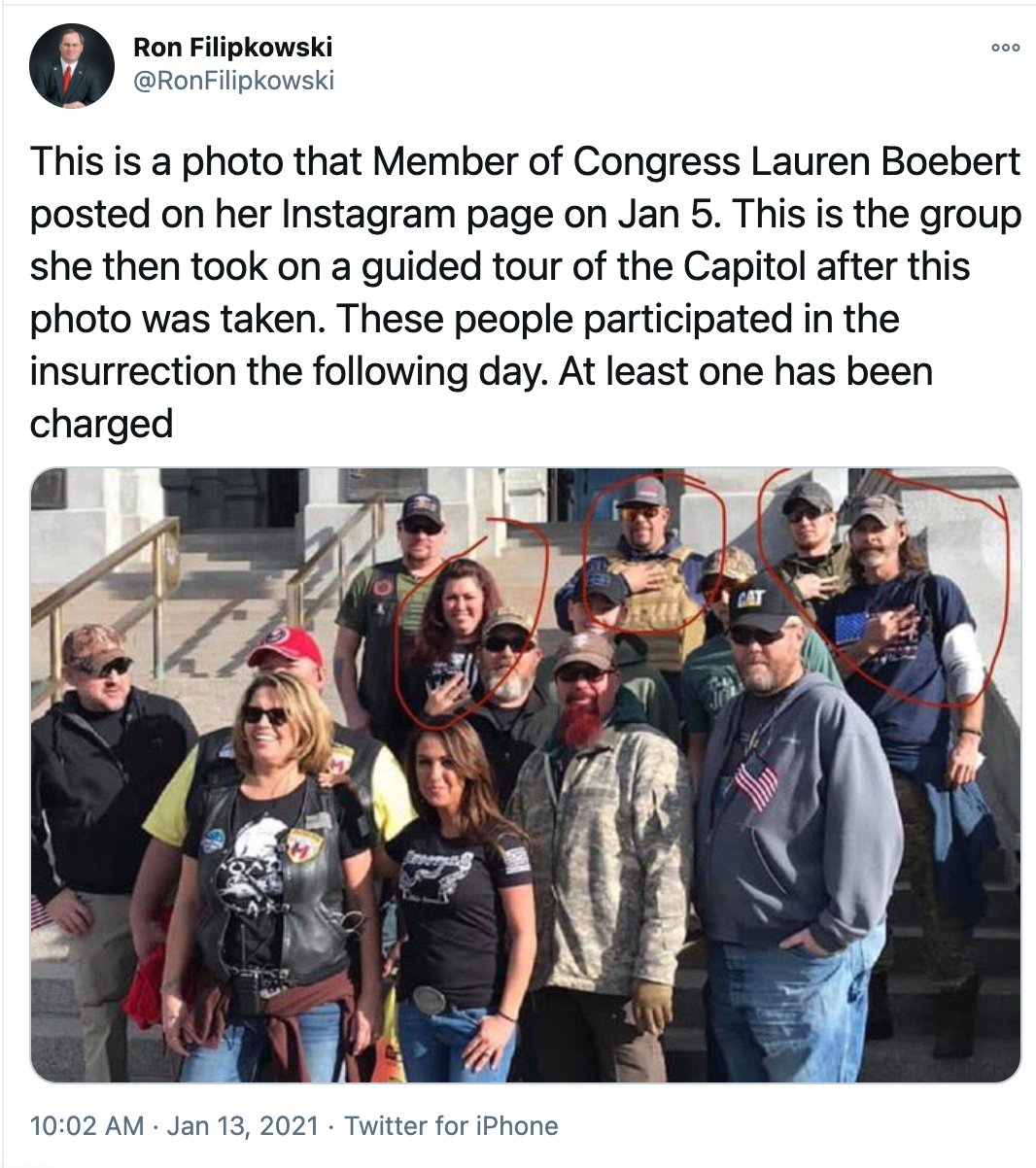

 (@abgutman)
(@abgutman) 